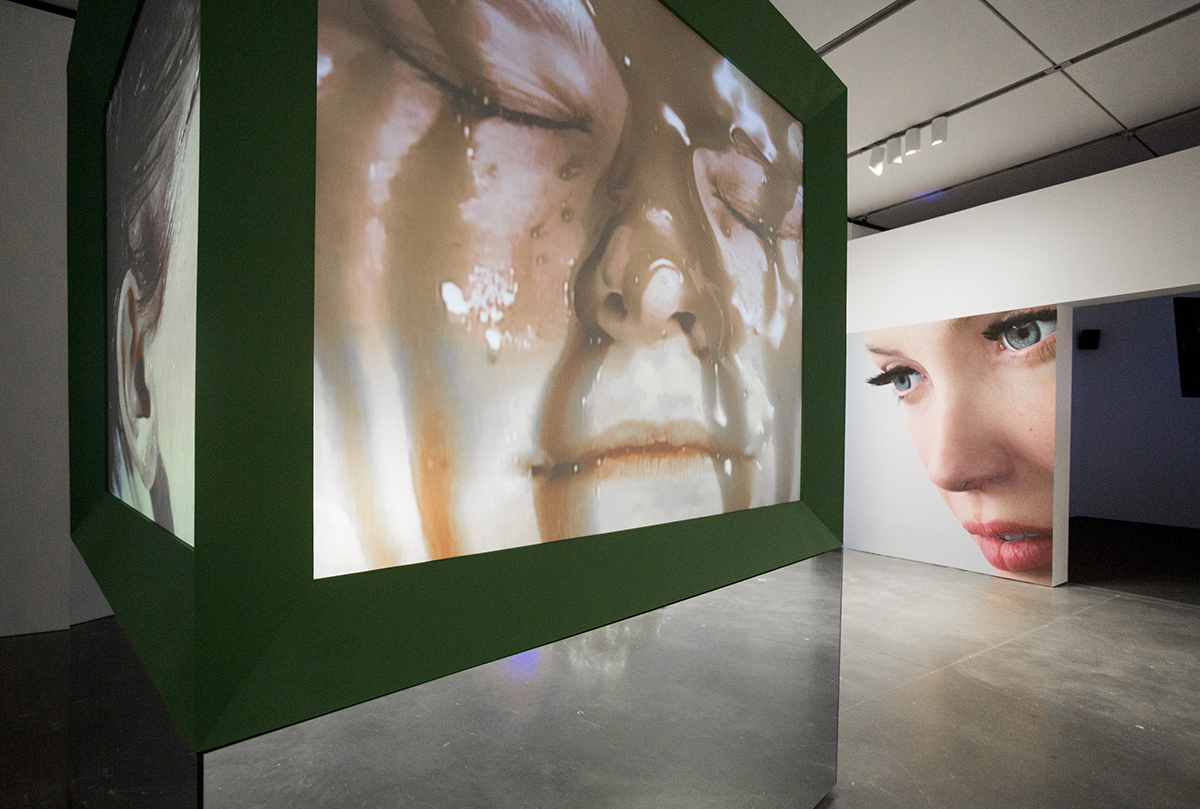
Installation shot from ‘Art in the Age of the Internet, 1989 to Today’ at the ICA/Boston, 2018: ‘Imagination, Dead Imagine’ (1991) by Judith Barry
We live in interesting times – so interesting, in fact, that not only are artists using ever-newer technologies and digital tools, but we are witnessing a whole new generation emerging: artists who were born, live and create with and on the internet. Anny Shaw investigates
DEUTSCHE BANK WEALTH MANAGEMENT x LUX
For several years now, neuroscientists have been arguing that the internet is remapping our brains, rewiring our neural connections – for better or worse. Now it appears that the internet is having a profound effect on artistic practice, with artists creating perpetual iterations of works or keeping projects in continual development, like the tabs left running in your web browser.
“There’s a freedom artists have now, which is perhaps a symptom of how the internet impacts on people’s thinking. There’s never a next stage or a finished version; the possibilities are endless,” says Elizabeth Neilson, the director of London’s Zabludowicz Collection.
Follow LUX on Instagram: the.official.lux.magazine
Neilson points to the artists in the collection who use virtual reality (VR), such as the Canadian artist and film-maker Jon Rafman, who continues to work on his animated film Dream Journal that he began in 2015, and the US artist Paul McCarthy, who has created 15 versions of C.S.S.C. Coach Stage Stage Coach VR experiment Mary and Eve (2017), a project first unveiled at the Venice Biennale in 2017.
Watch Dream Journal by Jon Rafman:
Another, younger case in point is the painter and self-taught programmer Rachel Rossin, who has previously worked for the American VR firm Oculus. The Zabludowicz Collection pre-purchased her acclaimed VR work The Sky Is a Gap (2017), which Rossin has described as “a Zabriskie Point-like explosion of a building”. The piece premiered at the Sundance Festival in 2017 and the latest version, specially commissioned by the collection, is due to go on show in London in March 2019. “No matter that the work already exists in one form, Rachel will keep working on it,” Neilson says.
The London-based writer and curator Omar Kholeif takes the idea a step further. He suggests that works of art could soon start to evolve independently of the artist. “It’s not about upgrading the video apparatus, it’s about upgrading the coding and how a work of art might actually be produced,” he says. “You could acquire a piece that in 10 years might be completely different. Every time it’s shown, it could be different.” Kholeif is behind two ground-breaking shows examining new media and net art: ‘Electronic Superhighway’, at the Whitechapel Gallery in London in 2016, and its technologically updated sequel, ‘I Was Raised on the Internet’, at the Museum of Contemporary Art Chicago in June 2018.
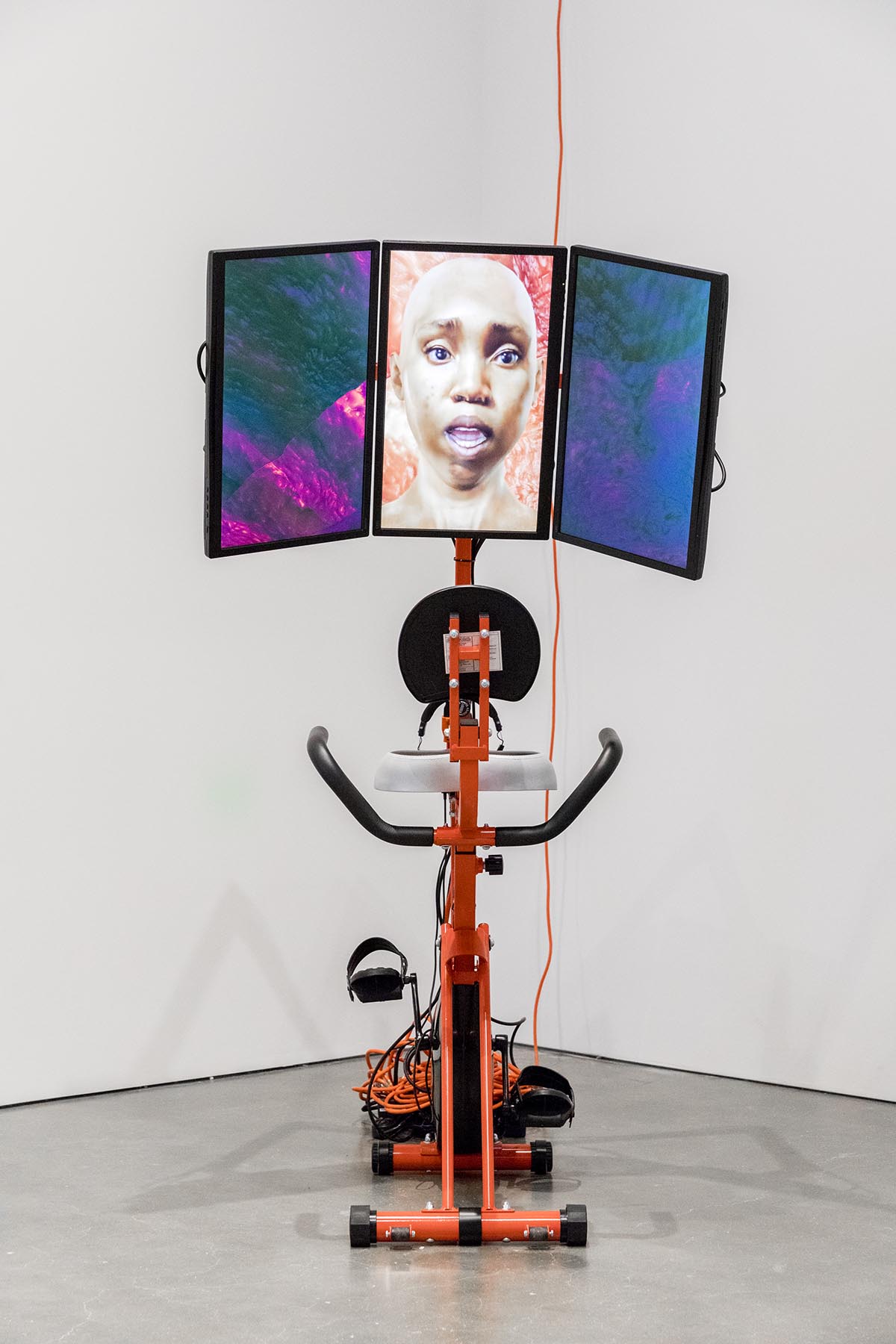
‘Graft and Ash for a Three Monitor Workstation’ (2016) by Sondra Perry
Of course, net art, or art made on or for the internet, is nothing new. Its genesis can be traced back to the early 1990s, when a diverse group of artists including Vuk Ćosić, Joan Heemskerk, Dirk Paesmans, Alexei Shulgin, Olia Lialina and Heath Bunting began to exhibit online and to build programs to create software art. Even then, artists were exploring the idea of open-ended projects. In 1994, the Israeli-American artist Yael Kanarek began World of Awe, a fictional online diary of a traveler in search of treasure, which she updated several times before finishing it in 2011. Meanwhile, John F. Simon Jr has said that his ongoing work Every Icon, which began in 1997, will take several hundred trillion years to complete with the 1.8 x 10308 possible combinations of black and white squares in the icon’s 32-by-32 grid.
Read more: Artist Tom Pope’s ‘One Square Club’
For these pioneers, the internet was a nascent phenomenon, but, for Generations Y and X, blogging, Tweeting and posting to Instagram are second nature. Indeed, it is increasingly common for younger artists to be just as well-versed in programming as they are in painting. The American artist Ian Cheng, for example, studied computer science while Toronto-based Jeremy Bailey trained as a software developer.
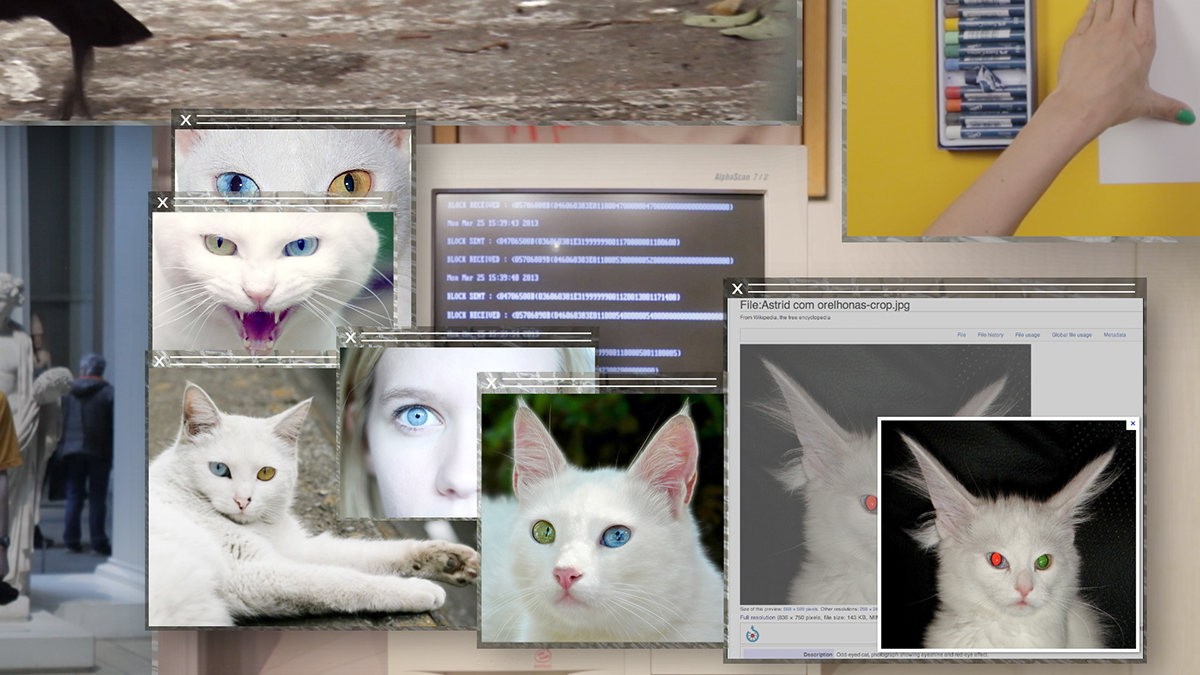
Still from ‘Grosse Fatigue’ (2013) by Camille Henrot
Despite this, there is still a tendency to view the internet as a site for distribution rather than as a space where art can simply exist, Kholeif says. “Artists have a real discomfort with not being part of the white-cube gallery or institutional realm, because that is a space for validation where income is generated,” he observes.
There are, of course, exceptions. In 2011, the Dutch-Brazilian artist Rafaël Rozendaal wrote and made available, with the help of his lawyer and dealer, a sales contract specifically for the sale of websites as works of art – the domain name is transferred to the collector, who must renew it annually, while ensuring the website remains free and available publicly.
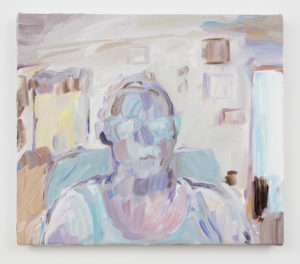
‘David, Florida, USA, 28th September 2015’ (2015) by Celia Hempton
Other artists have employed the internet as a form of activism. HowDoYouSayYaminAfrican, a collective of artists and activists, founded thewayblackmachine.net in 2014, an ongoing project that tracks via the internet the proliferation of images, mobile phone videos and news clips of the systemic violence against African Americans by white Americans. “The piece is a reality check about how little the needle has moved despite the wide access to and circulation of these images,” says Eva Respini, the curator of ‘Art in the Age of the Internet, 1989 to Today’. The exhibition, which opened at the Institute of Contemporary Art (ICA), Boston in February 2018, was one of the largest historical surveys of its kind to be mounted in the US.
Respini acknowledges that it is difficult to be optimistic in these divisive, post-truth times, citing “the proliferation of fake news, the internet’s nefarious influence on politics, mass surveillance, and in some areas of the world, strict control over information on the internet”. But she also believes that digital media has given “incredible power” to movements such as #MeToo and #BlackLivesMatter, “mobilizing and giving visibility to those with marginalized voices”.
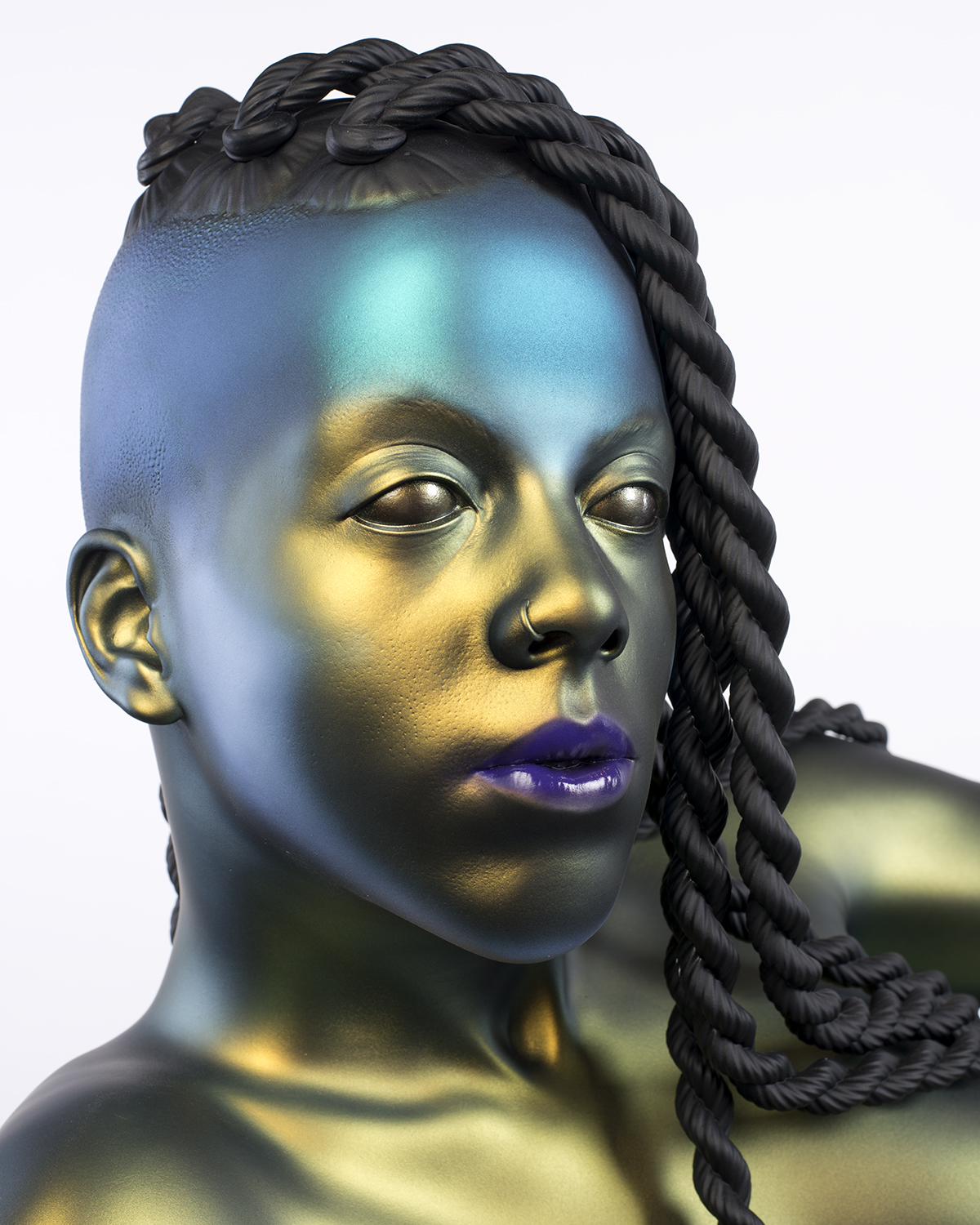
‘Juliana’ (2014–15) by Frank Benson
Meanwhile, the artist and writer Miao Ying, who divides her time between Shanghai and New York but whose official biography states that she “resides on the internet”, dedicates much of her work to censorship in China. In 2016, she launched Chinternet Plus, a web-based project commissioned by New York’s New Museum that parodies the Chinese government’s much-hyped Internet Plus, which is aimed at rebooting economic growth but is carefully managed (read: censored) by the government.
Read more: In conversation with artist Victoria Fu
Miao describes her relationship with the Chinese internet as a form of Stockholm Syndrome, whereby she has formed a bond with her ‘captor’. “Chinternet Plus is self-censored,” she says, and consequently full of branding and devoid of content. Despite its seeming banality, Chinternet Plus has been blocked in China for several months. Miao adds that she would never show her political work in China. “A lot of my art has two versions; one is a self-censored version that I show in China,” she explains.
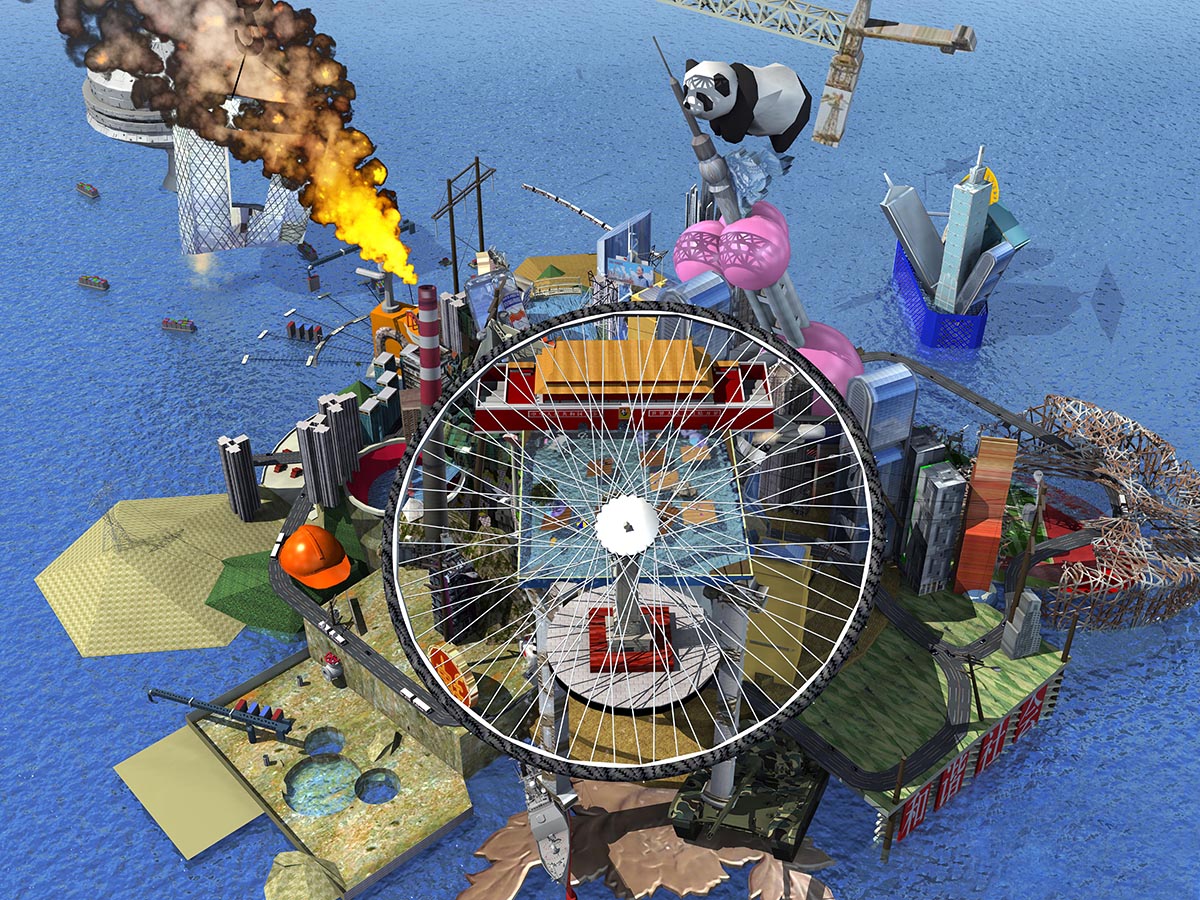
Still from ‘RMB City: A Second Life City Planning 04’, (2007) by Cao Fei
At the end of 2018, Miao unveiled a new website, Hardcore Digital Detox, commissioned by the privately run museum M+ in Hong Kong. Due to open in 2020, M+ is already known for acquiring digital art, such as its recent purchase of the entire archive of the internet art collective Young-Hae Chang Heavy Industries, as well as the rights to all their future works by the duo.
The acquisition reflects the growing interest of institutions in net art. This has been spurred on in part by 2019’s 30th anniversary of the British scientist Tim Berners-Lee’s proposal of the concept of the world wide web to his colleagues at the research organization CERN. As Respini notes, “1989 was also the fall of the Berlin Wall, Tiananmen Square, and arguably the beginning of our global era that we cannot imagine without the internet.”
This article was first published in the Winter 2019 issue.

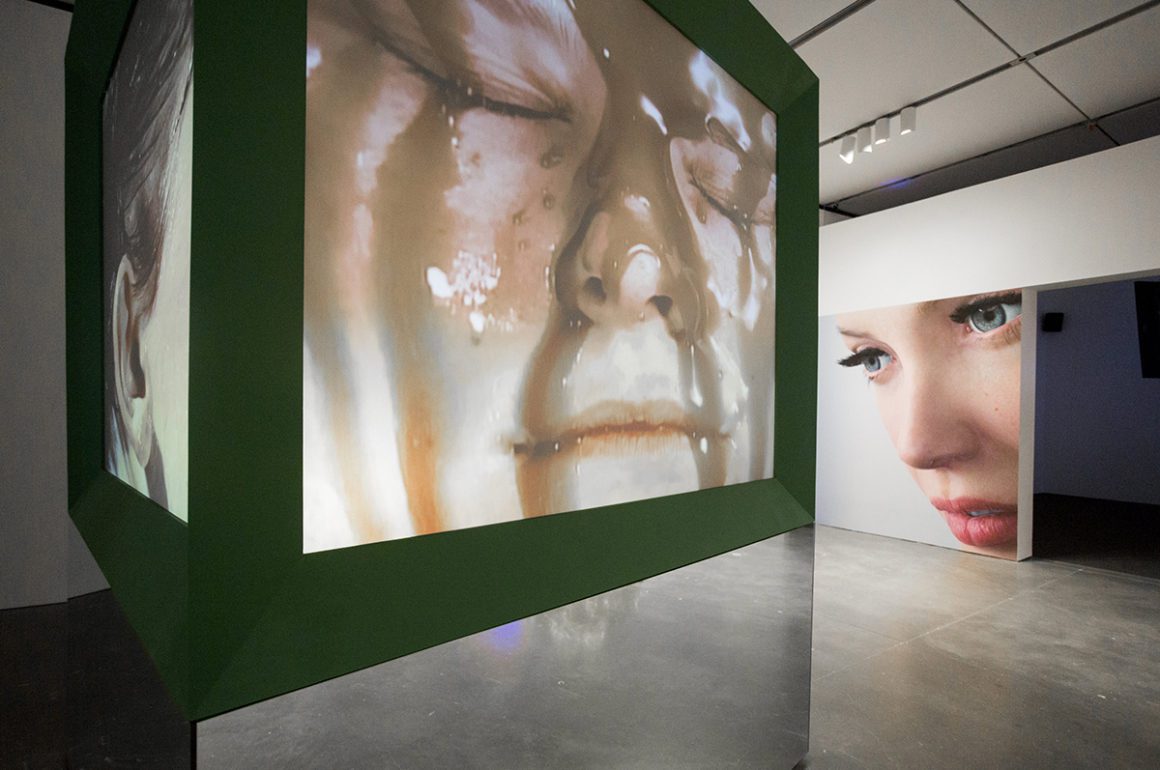
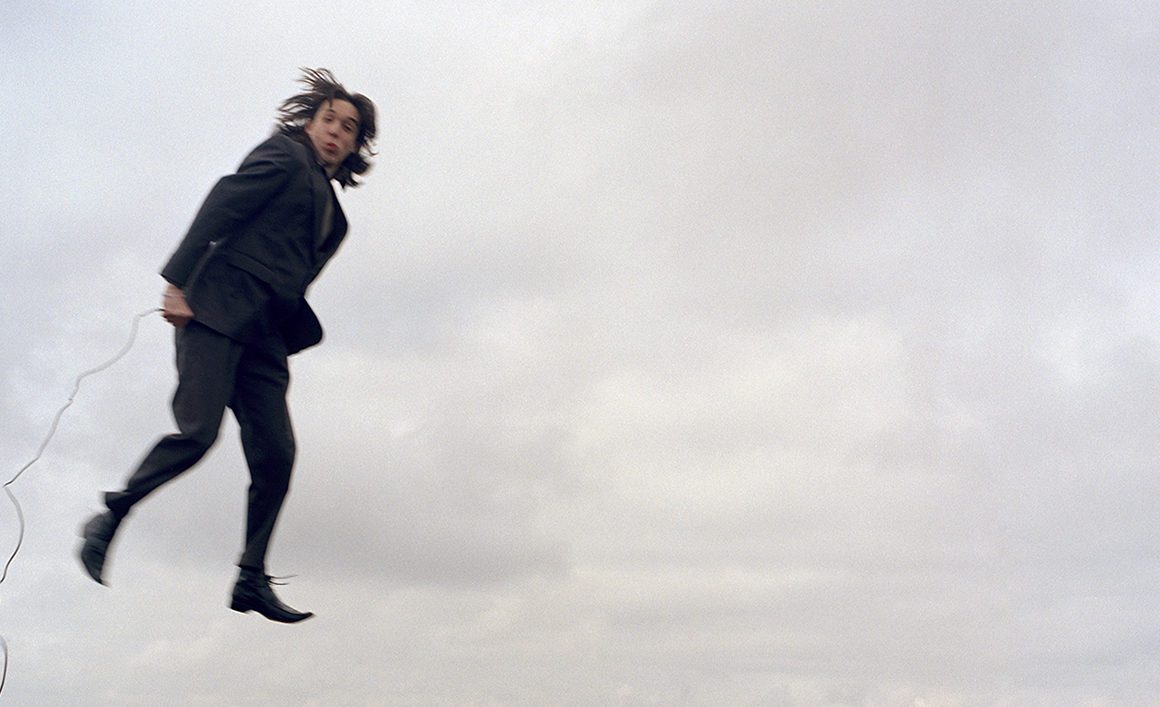
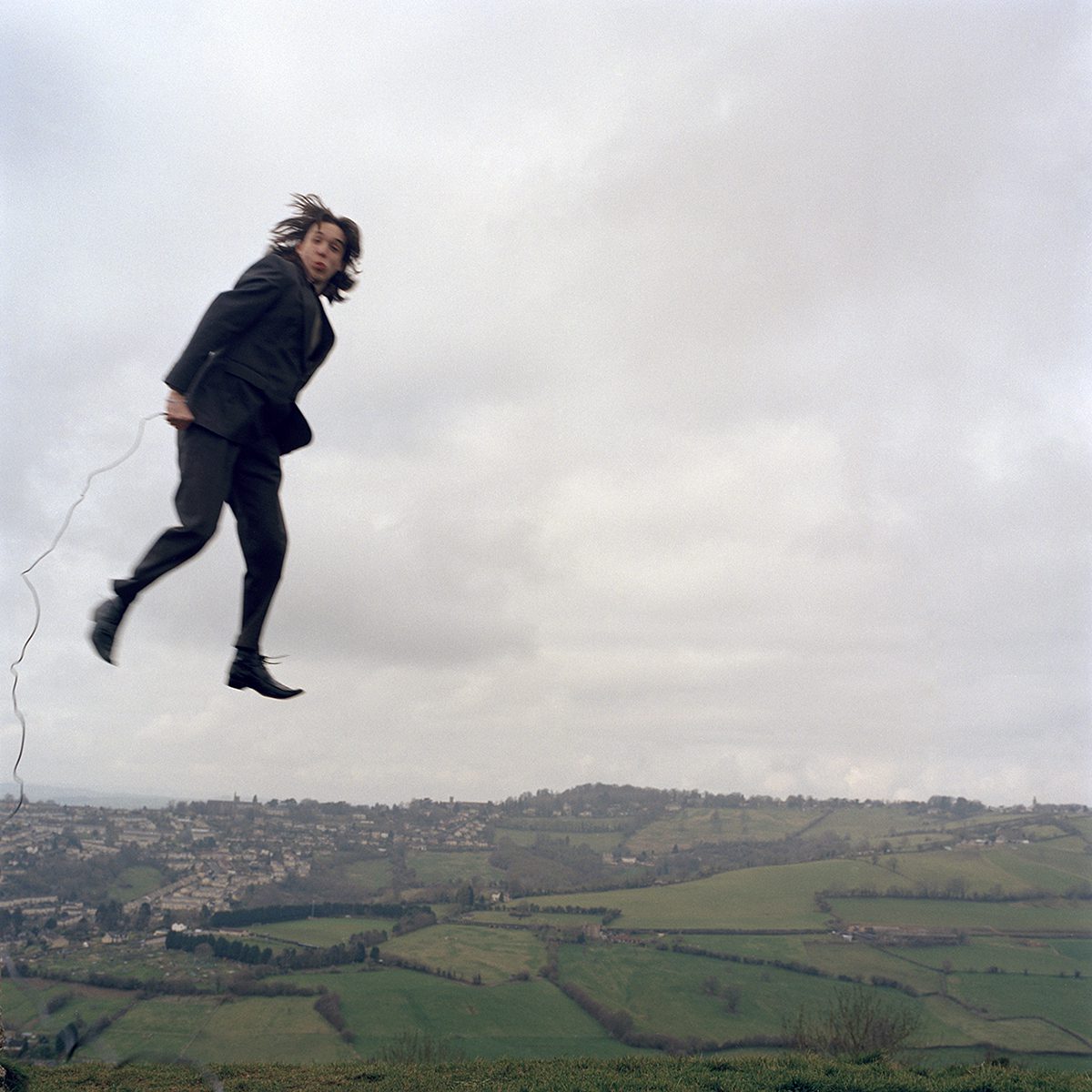
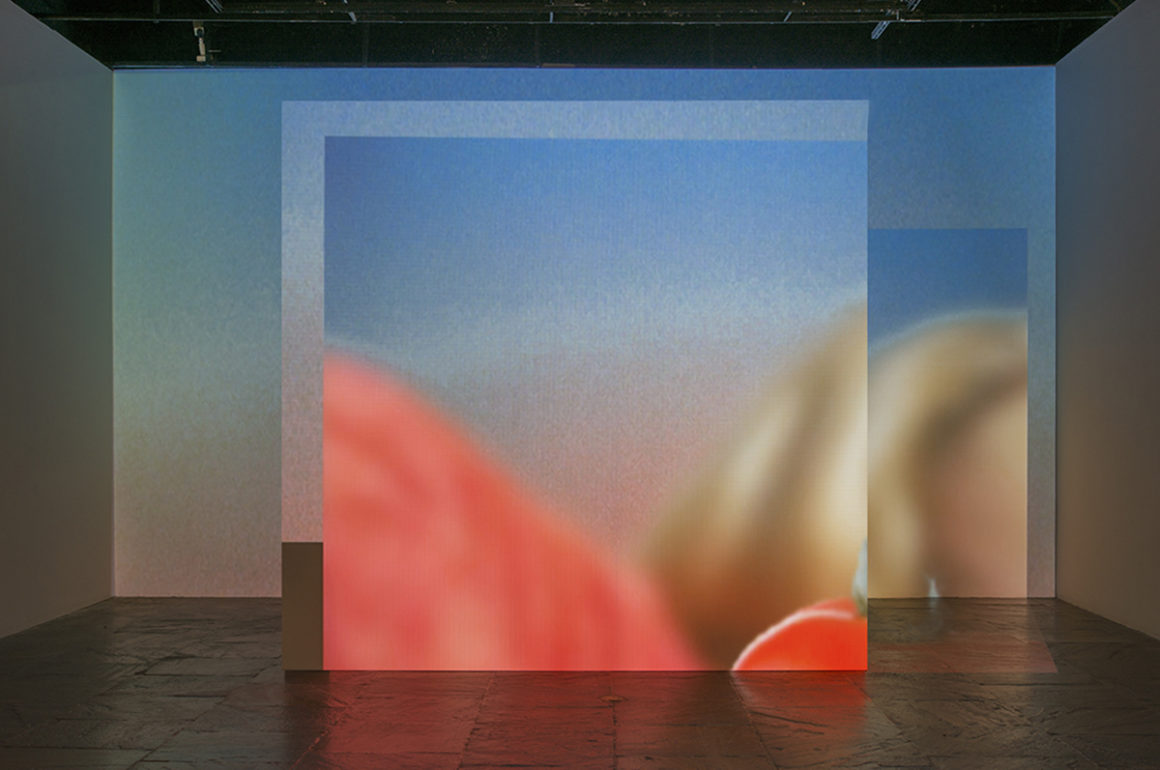
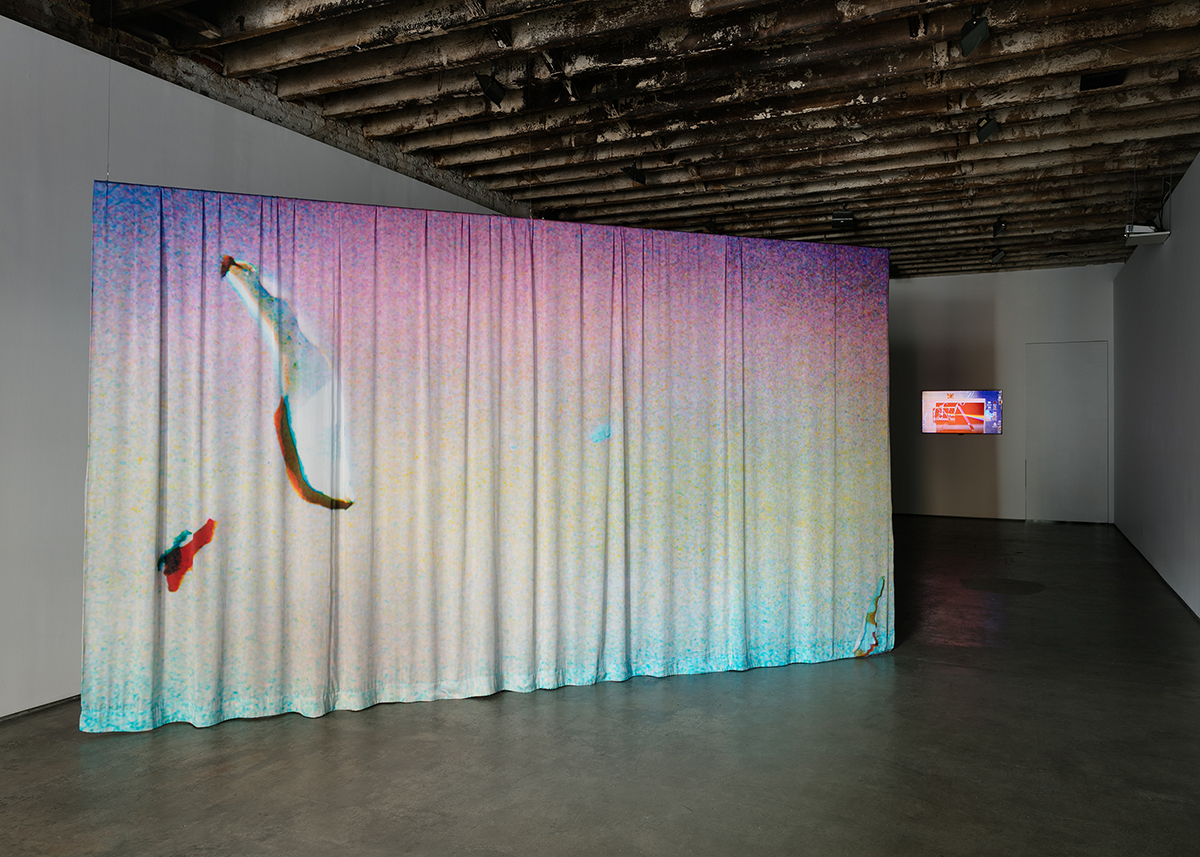

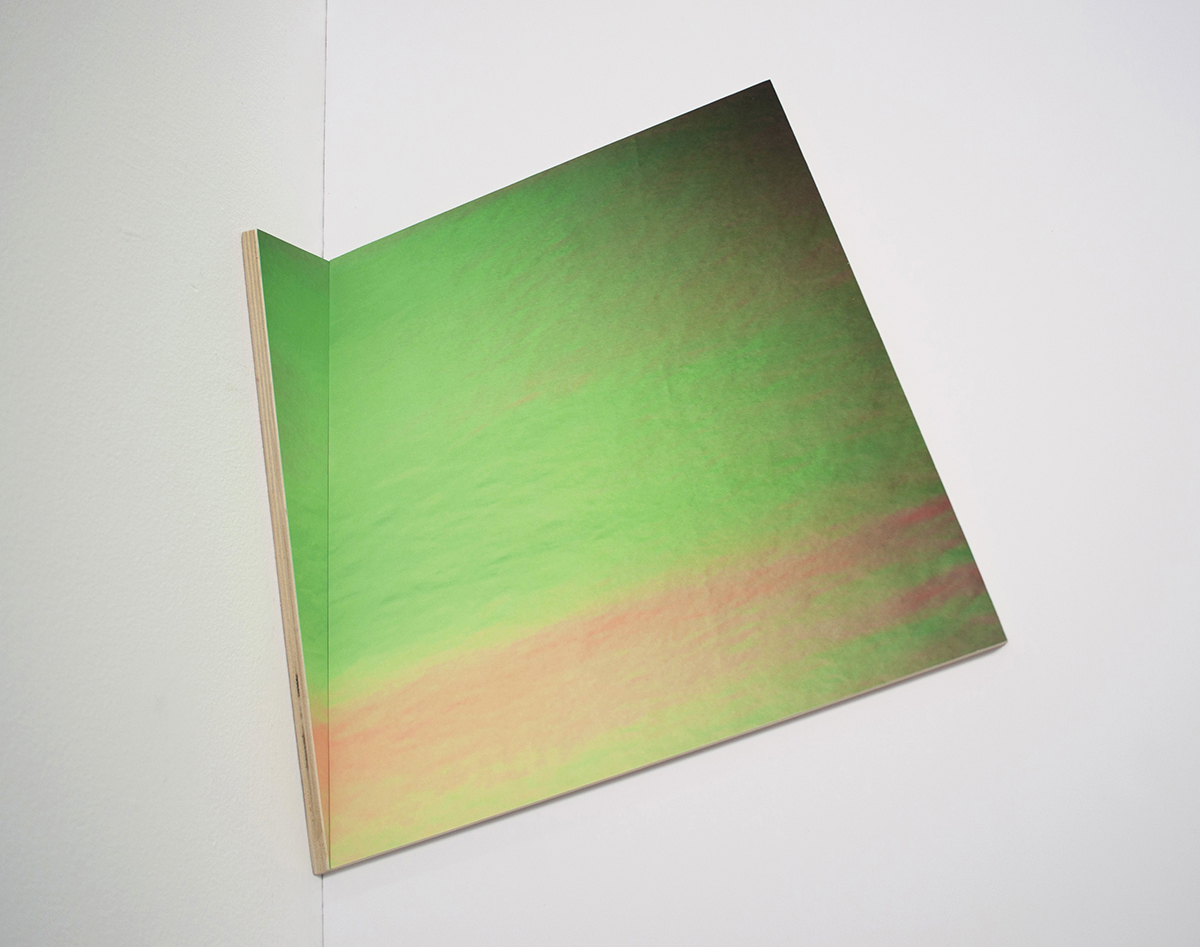
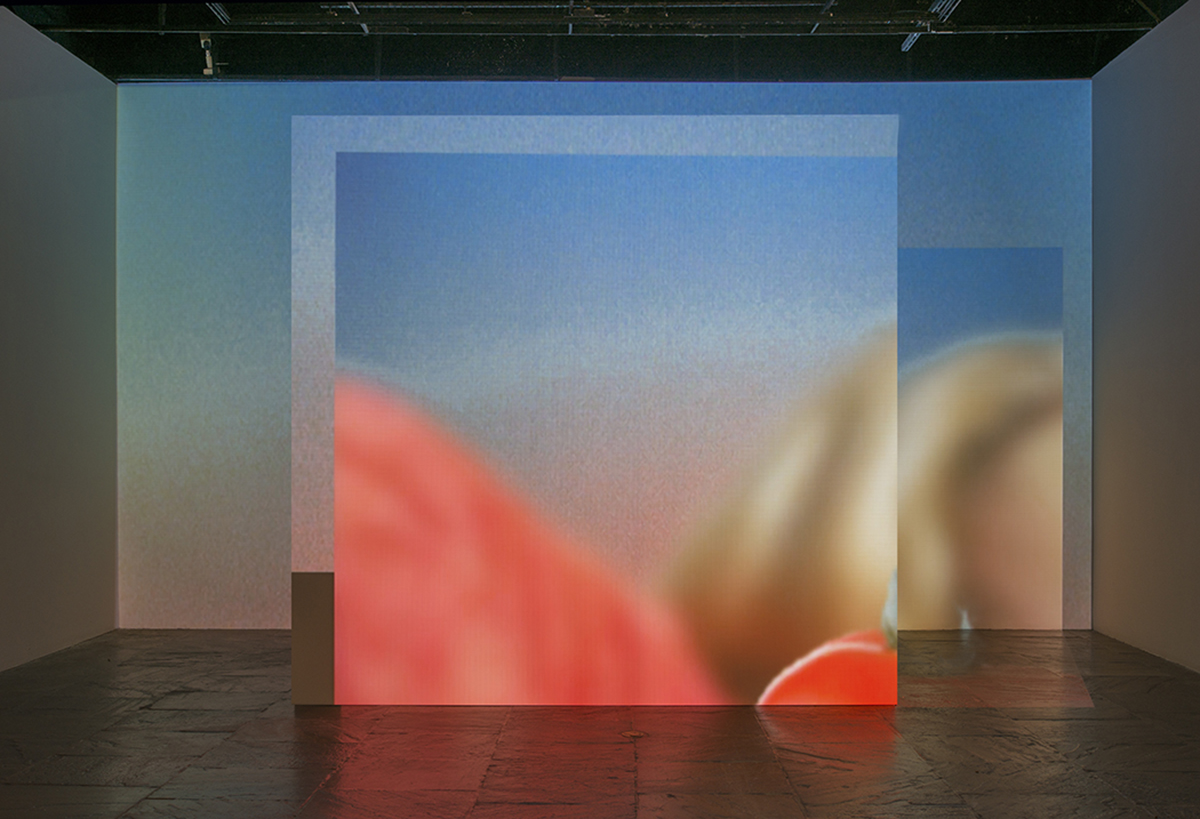
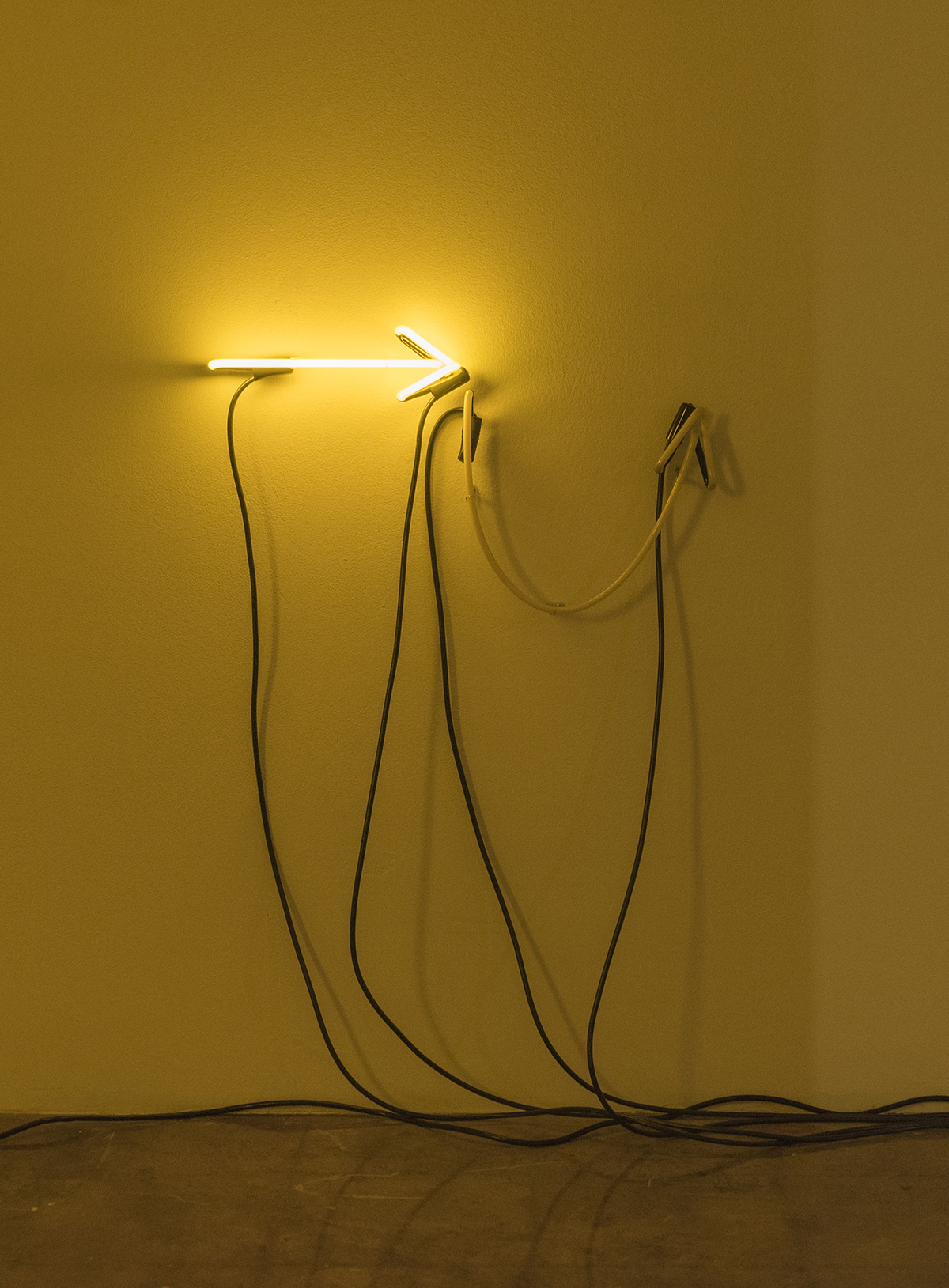
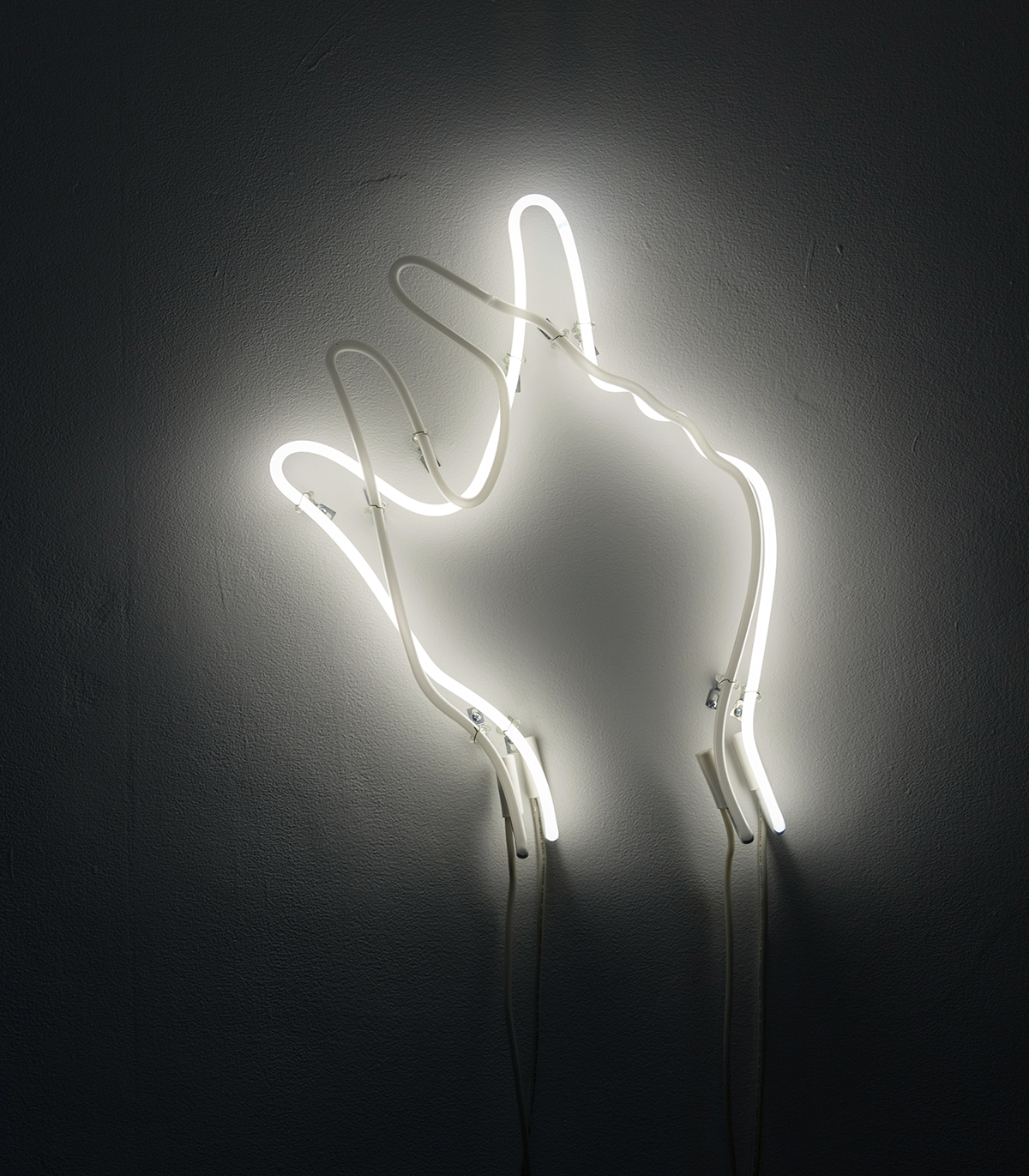
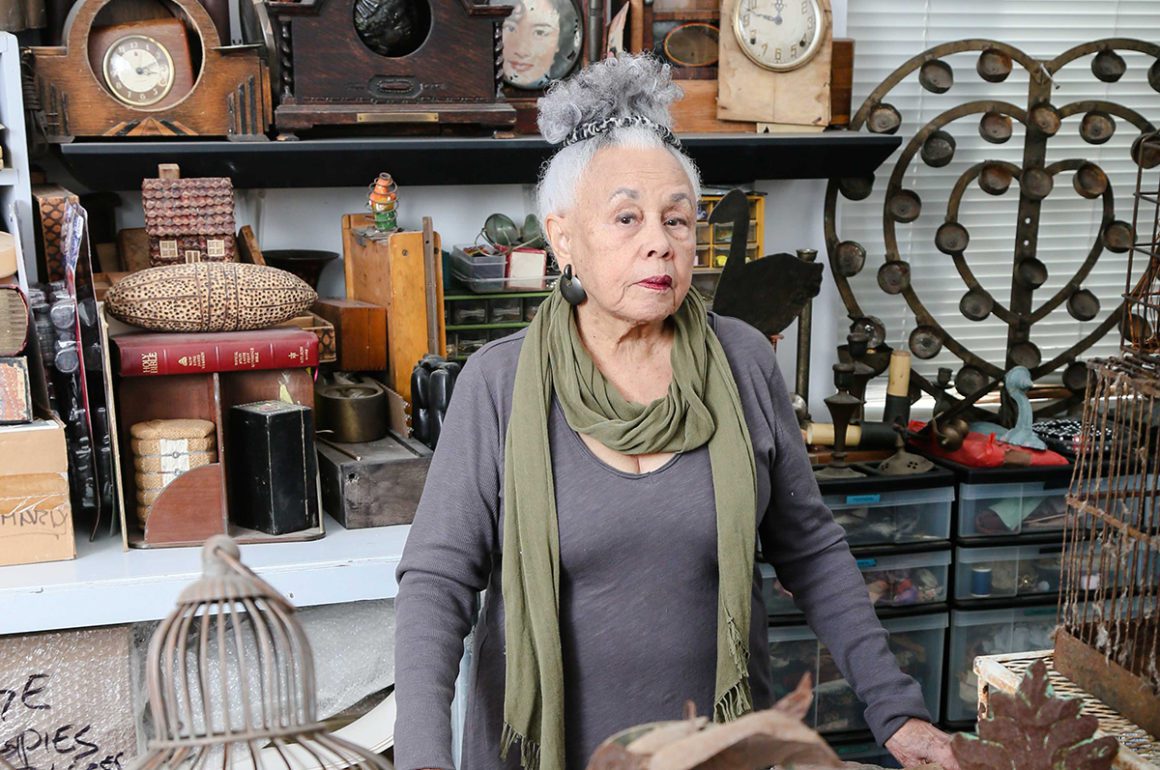
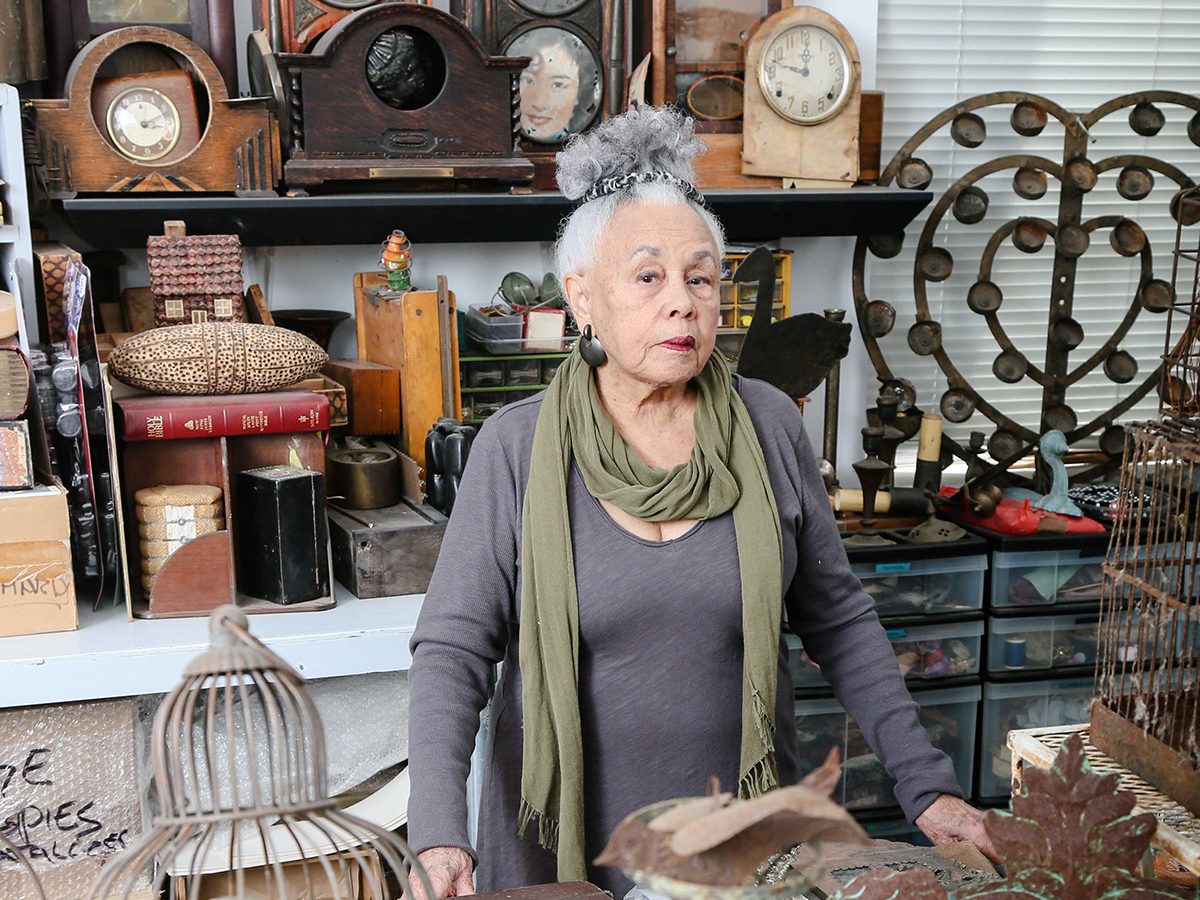

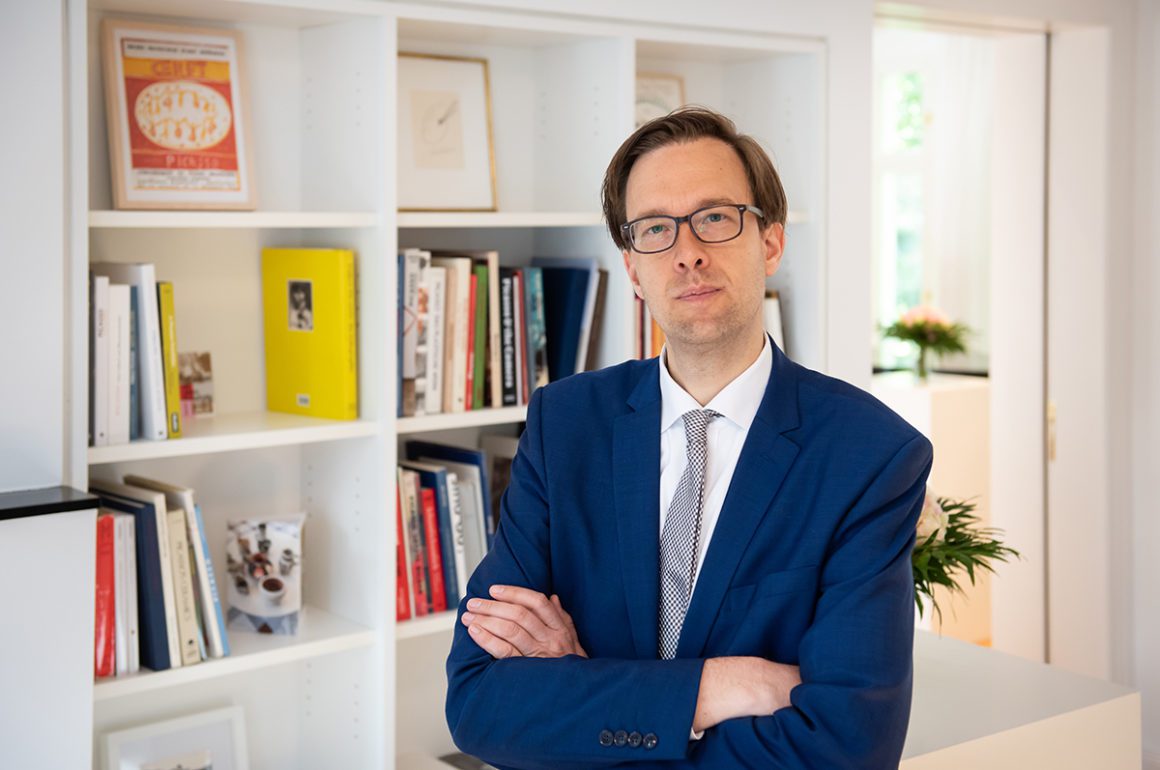
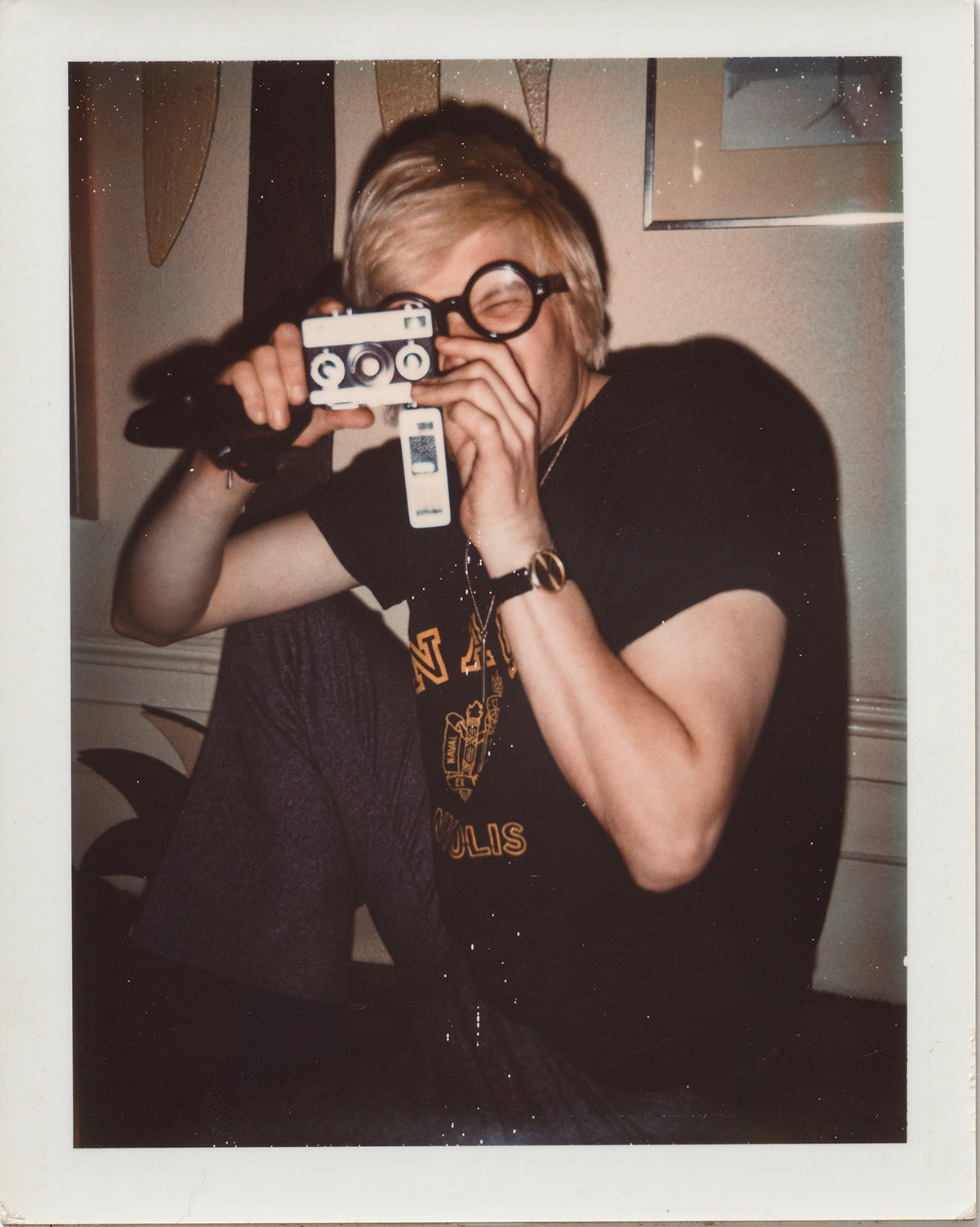

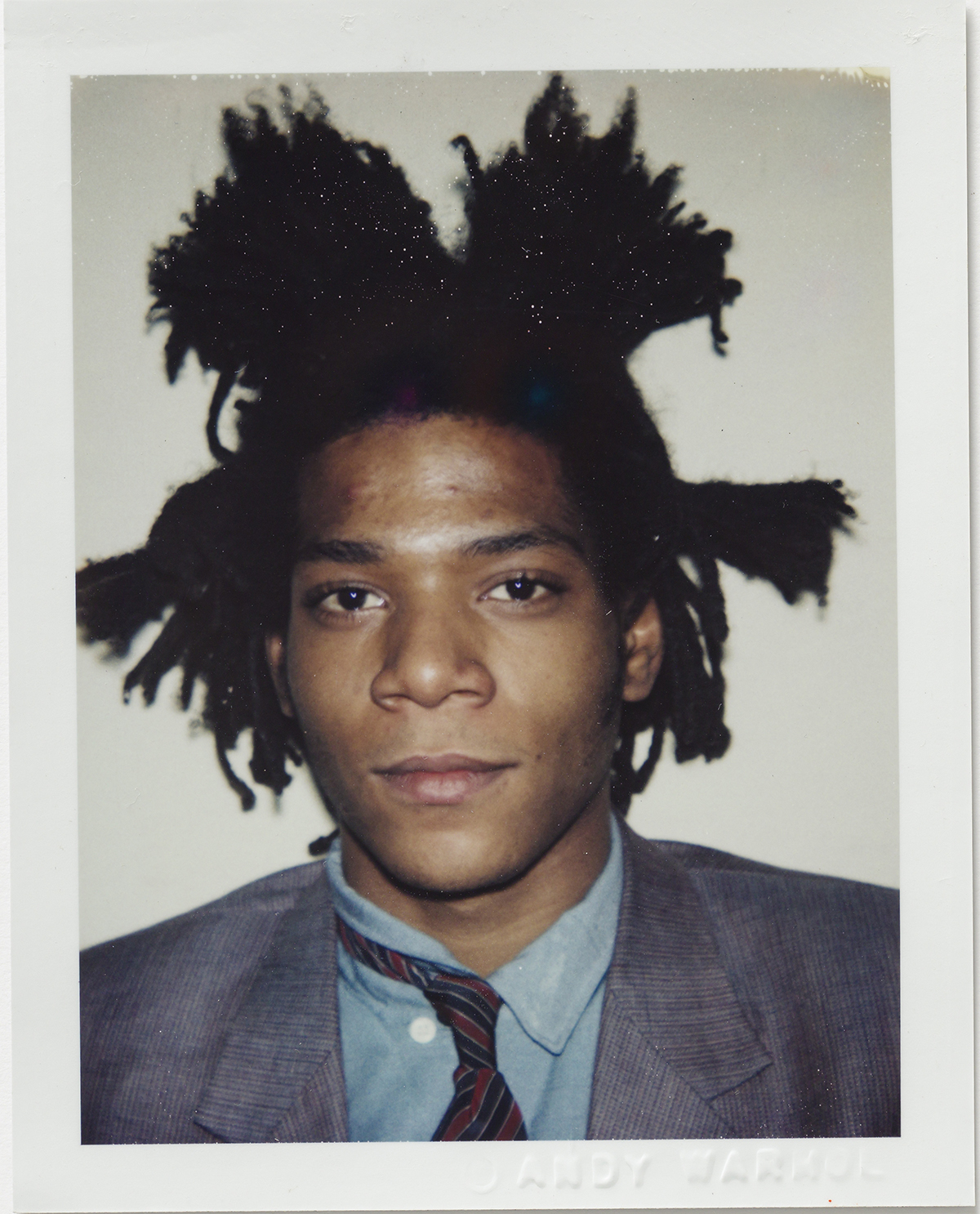
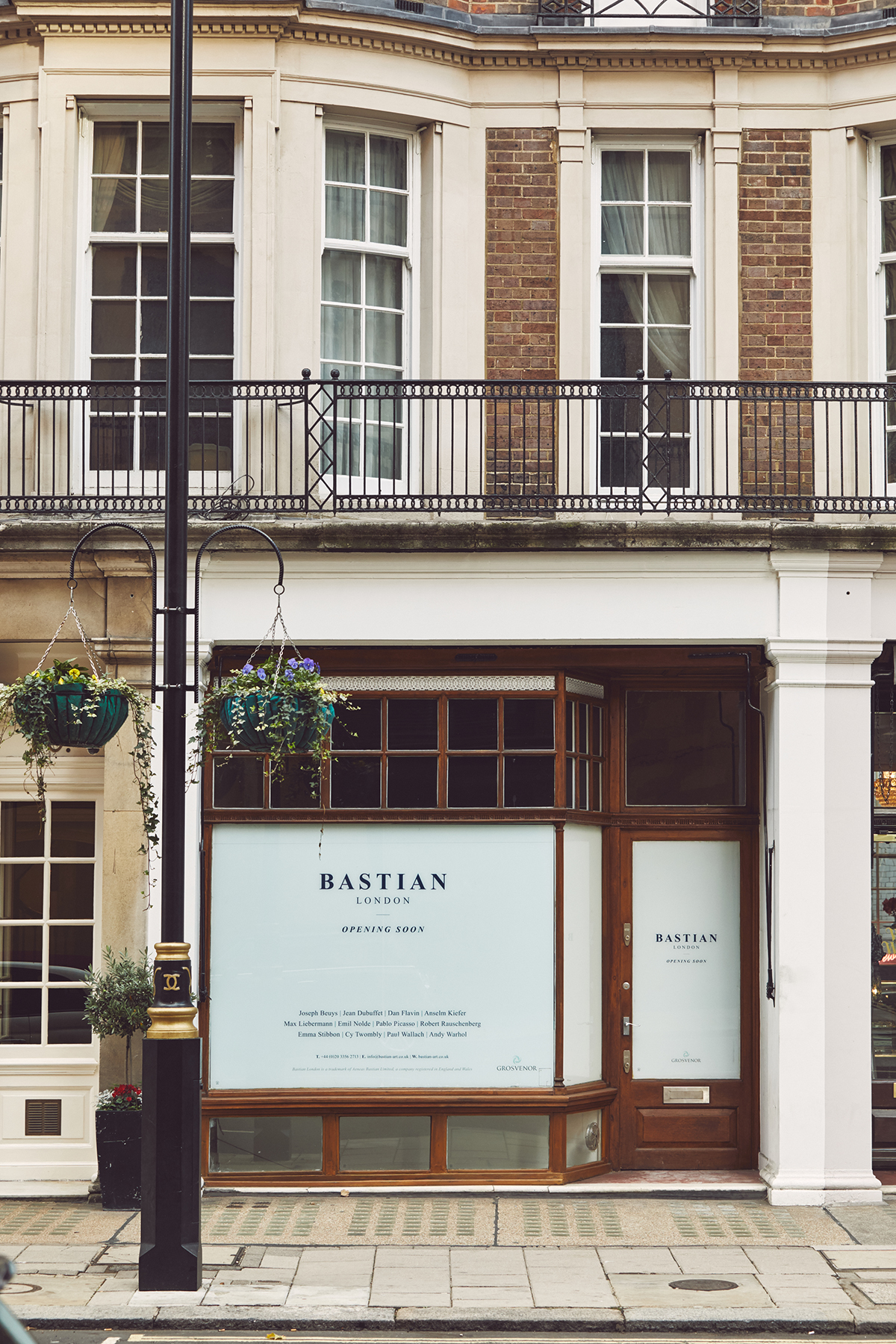
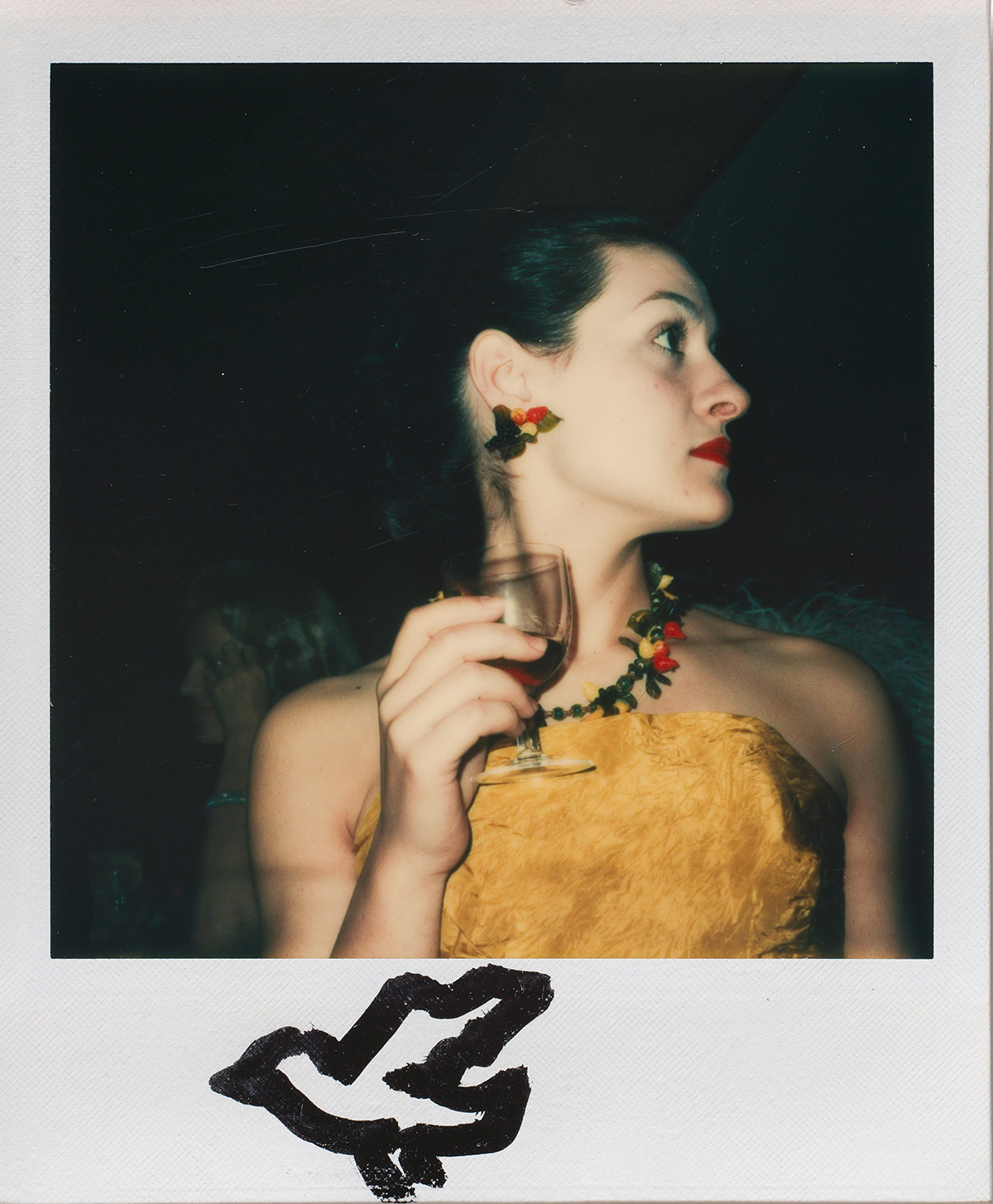



 growth away from goods to experiences, valuing a meaningful life and memories shared over material goods. There is also an increase in awareness of the wellbeing of the planet and the effect of humanity on the environment and communities. Many millennials are increasingly looking to ‘give back’. We see that our members are particularly invested in global change.
growth away from goods to experiences, valuing a meaningful life and memories shared over material goods. There is also an increase in awareness of the wellbeing of the planet and the effect of humanity on the environment and communities. Many millennials are increasingly looking to ‘give back’. We see that our members are particularly invested in global change.




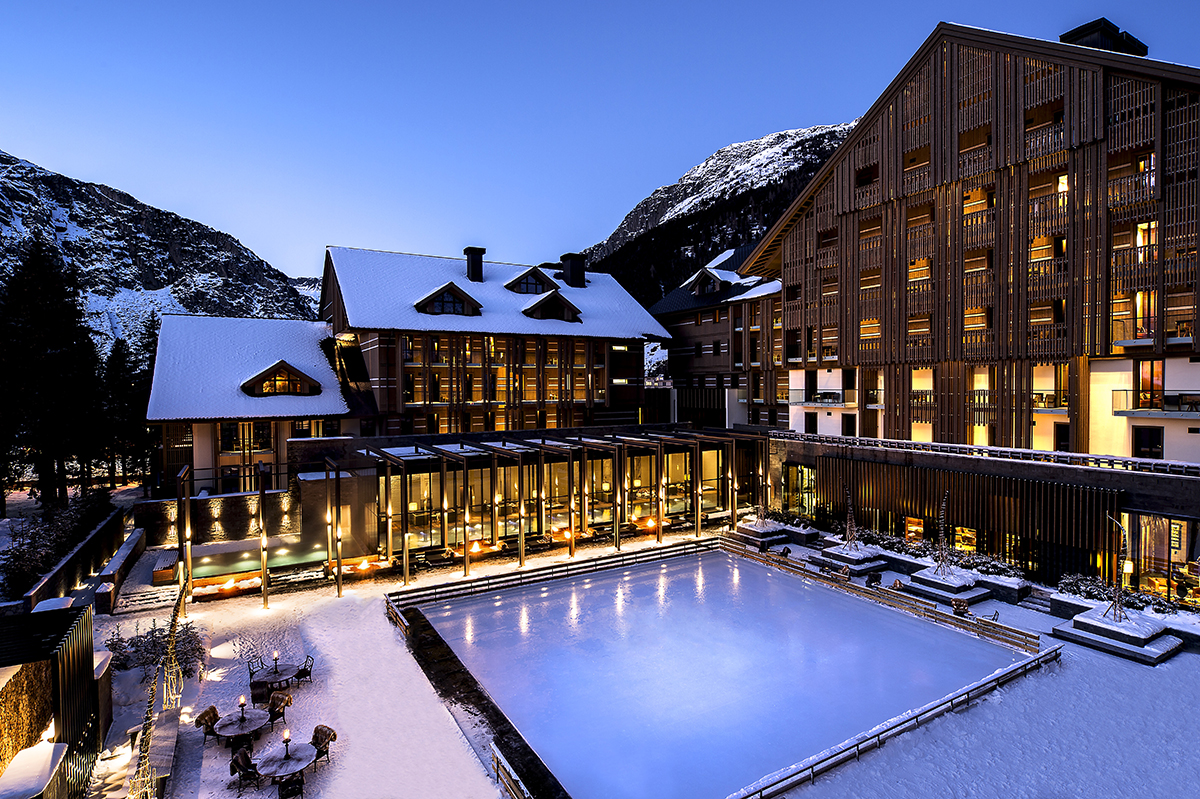
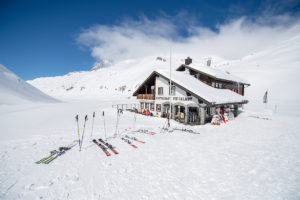
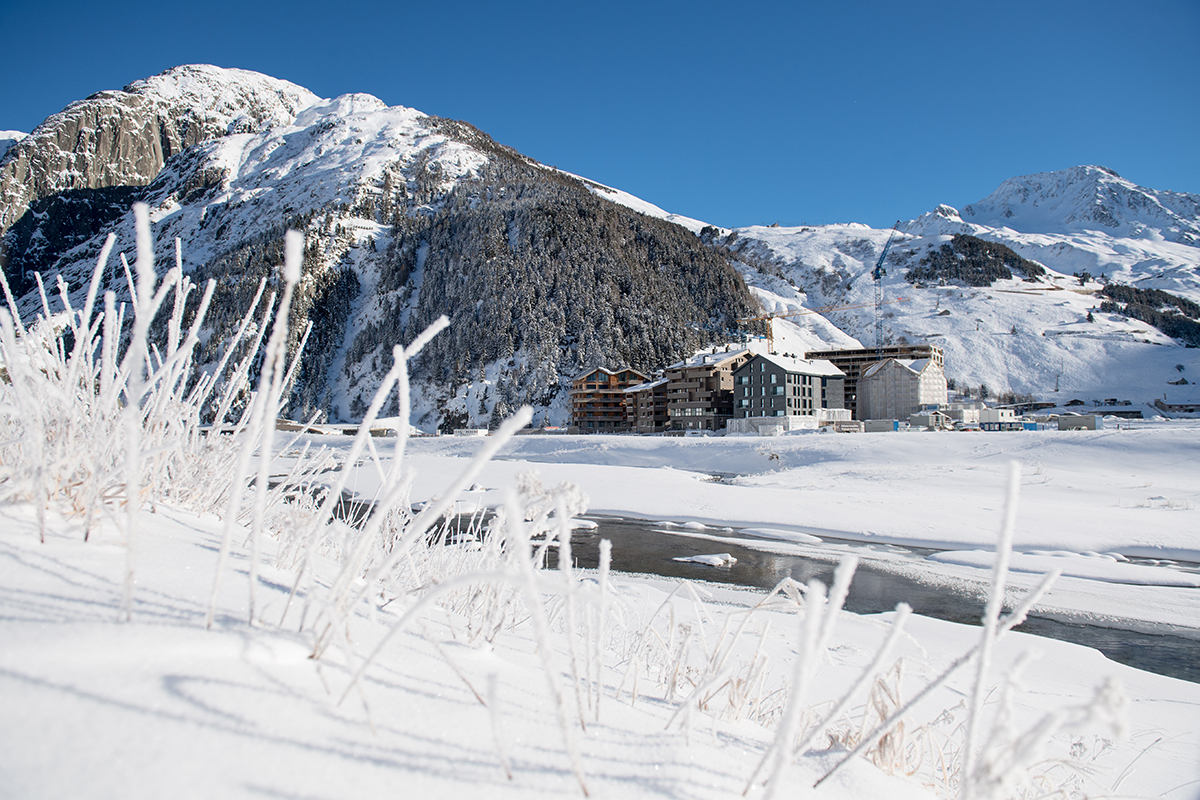







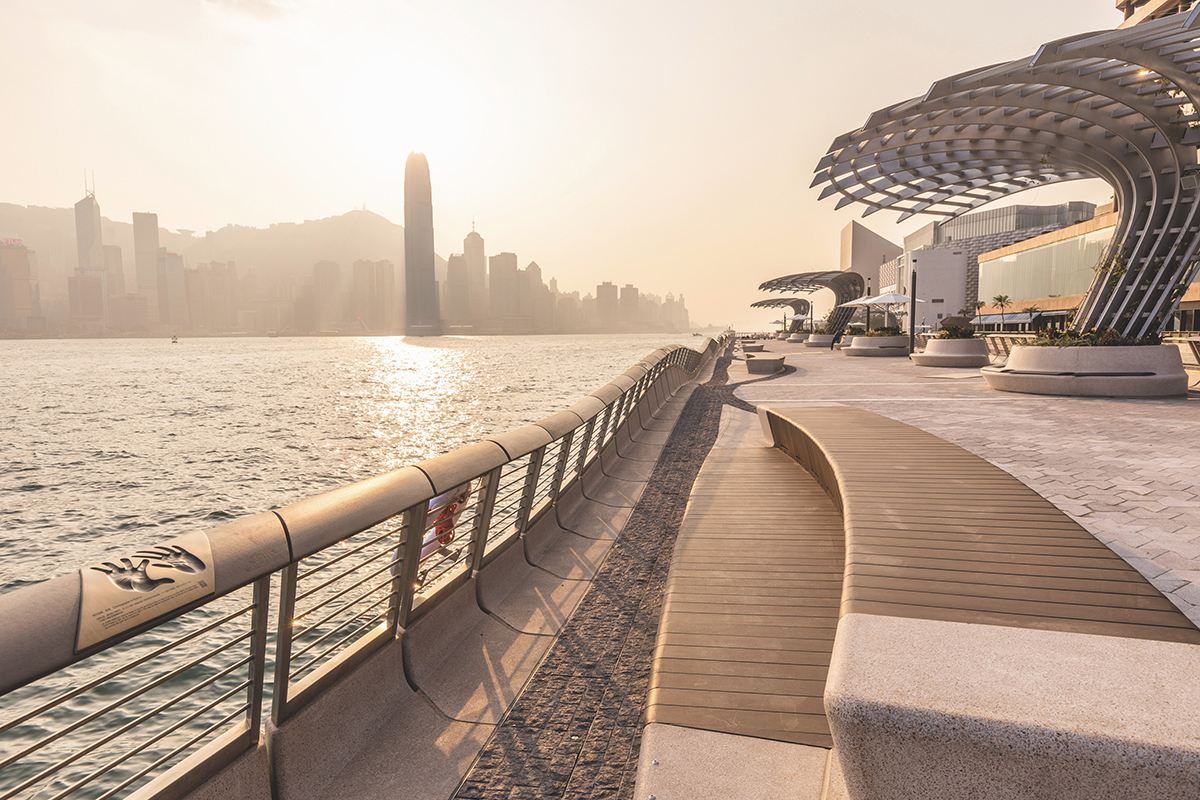
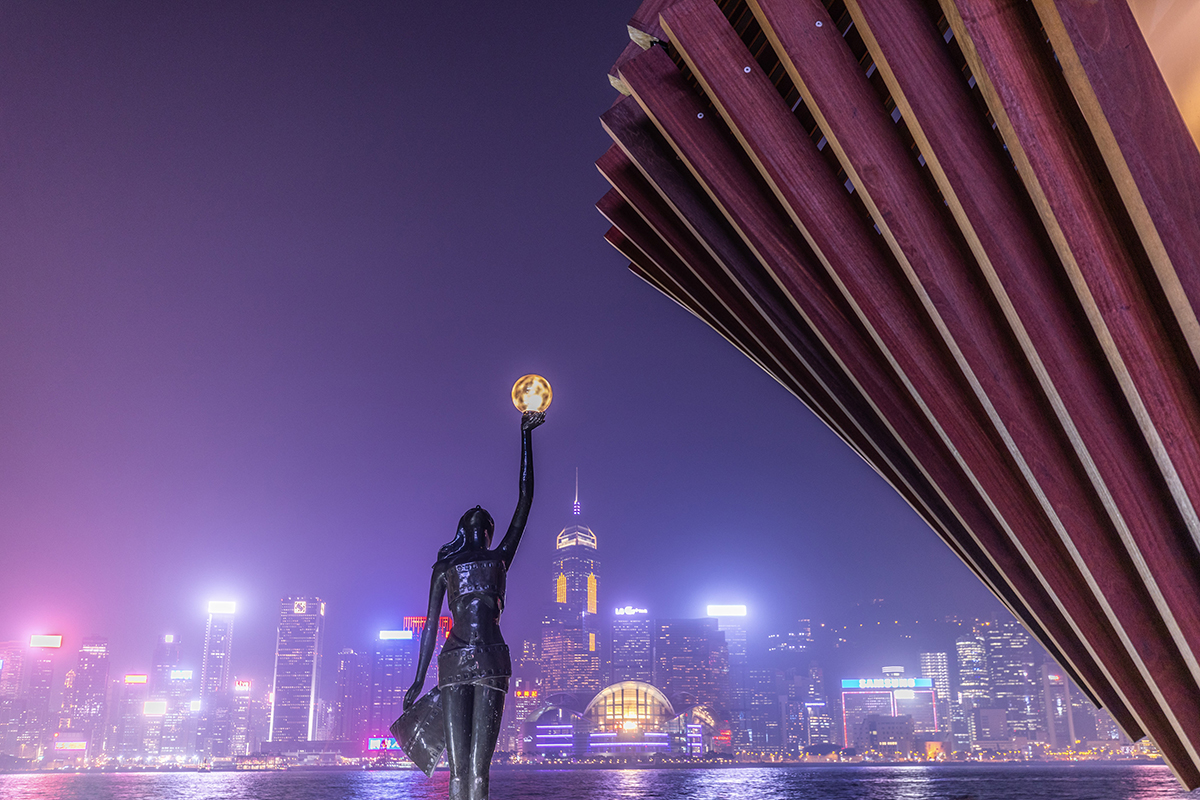
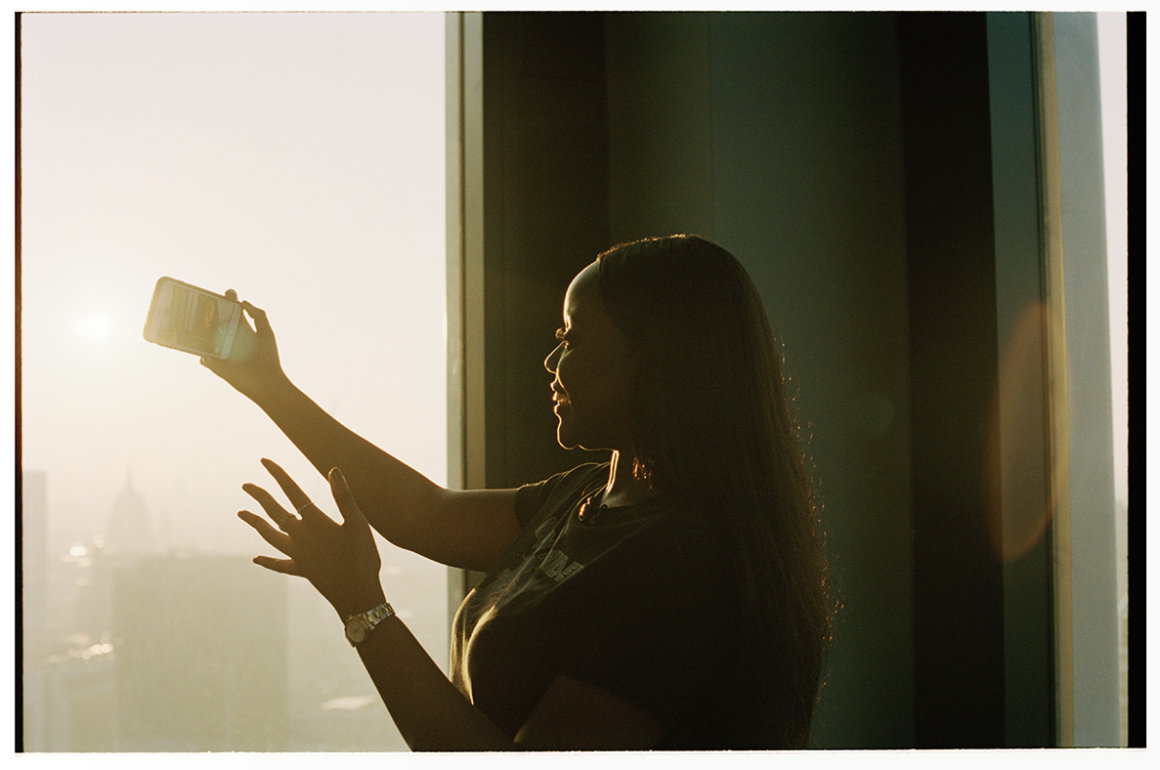
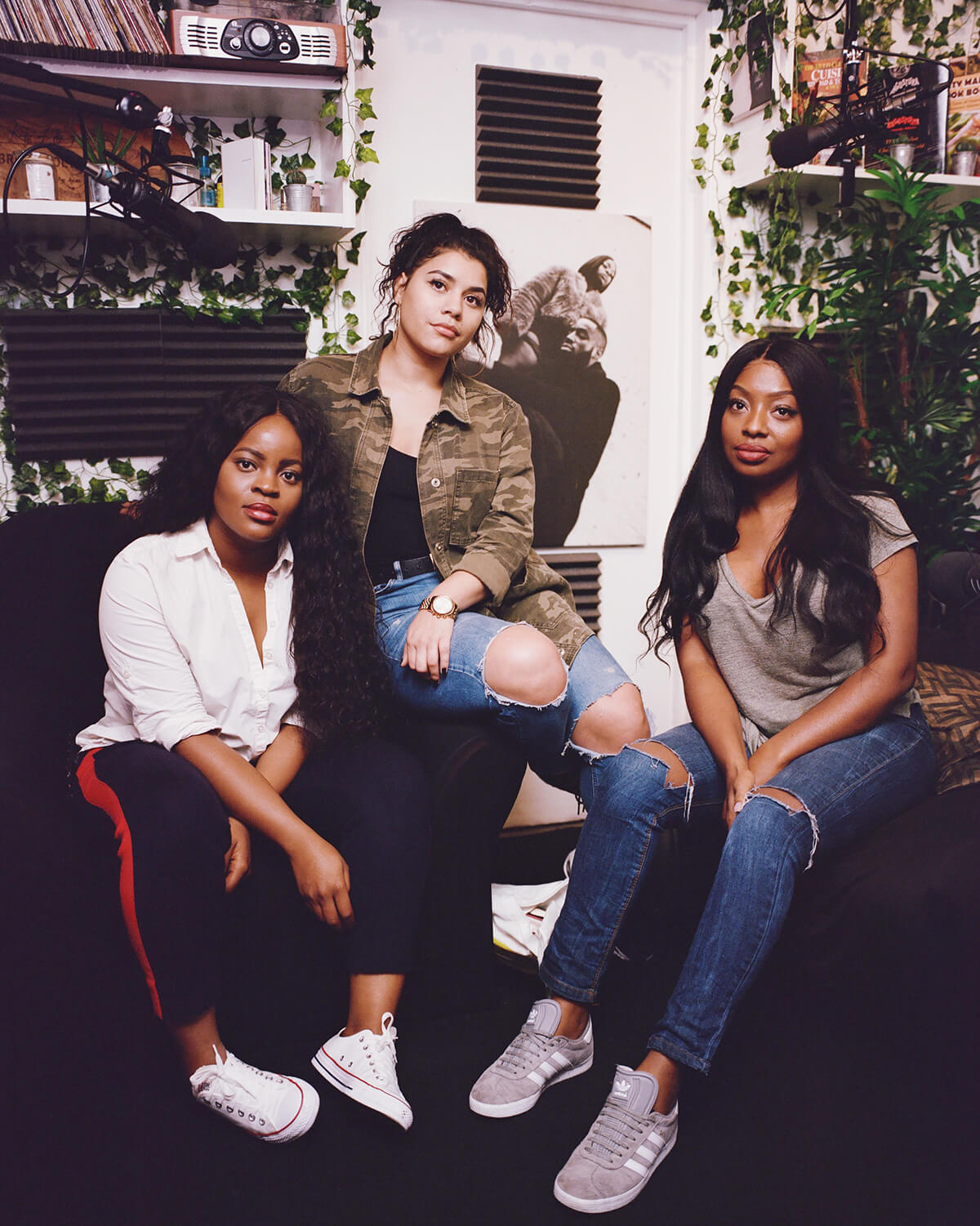


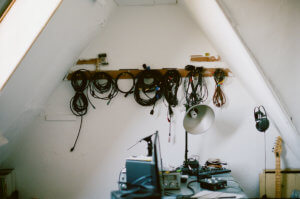 One place where the impact of the digital revolution is most evident is on online platforms such as
One place where the impact of the digital revolution is most evident is on online platforms such as 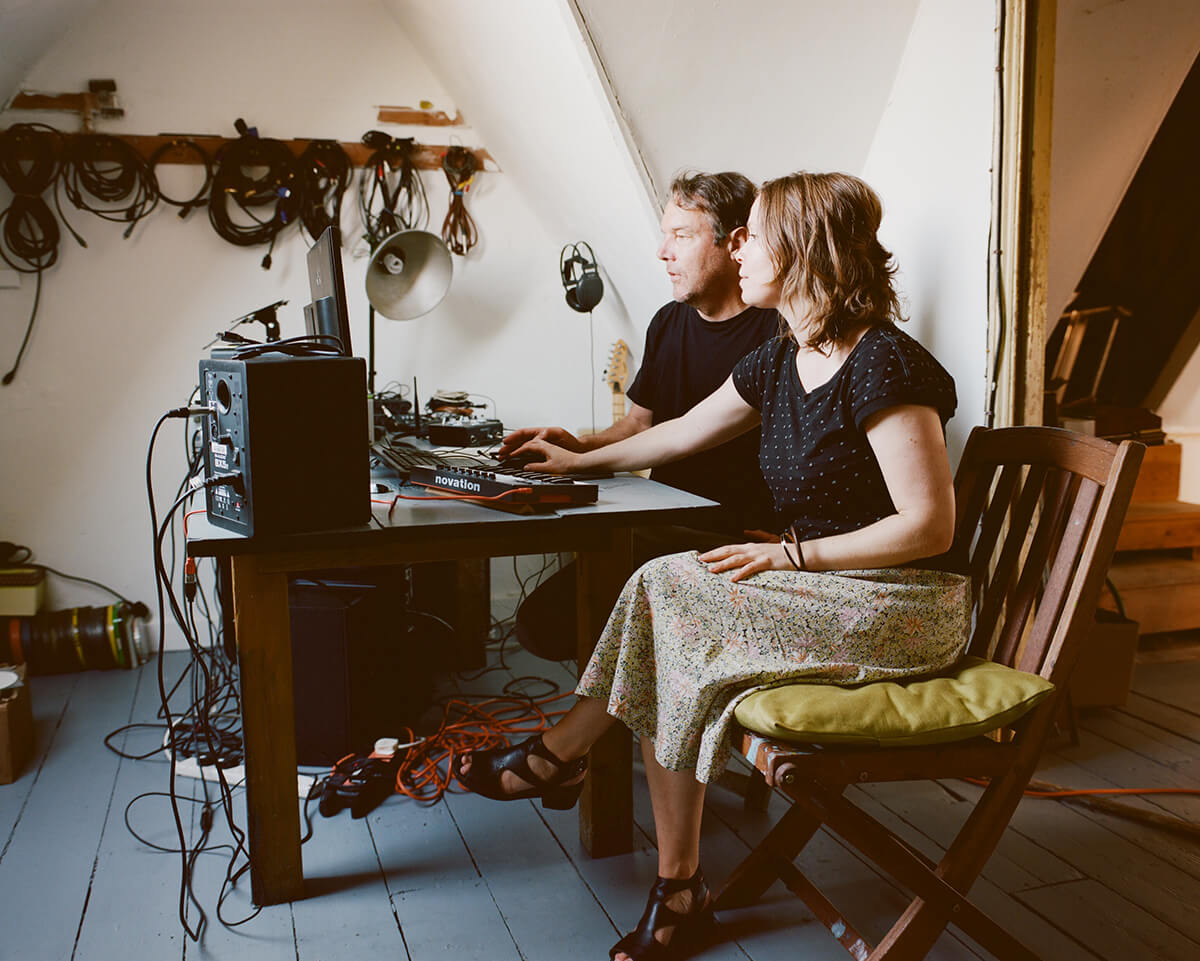
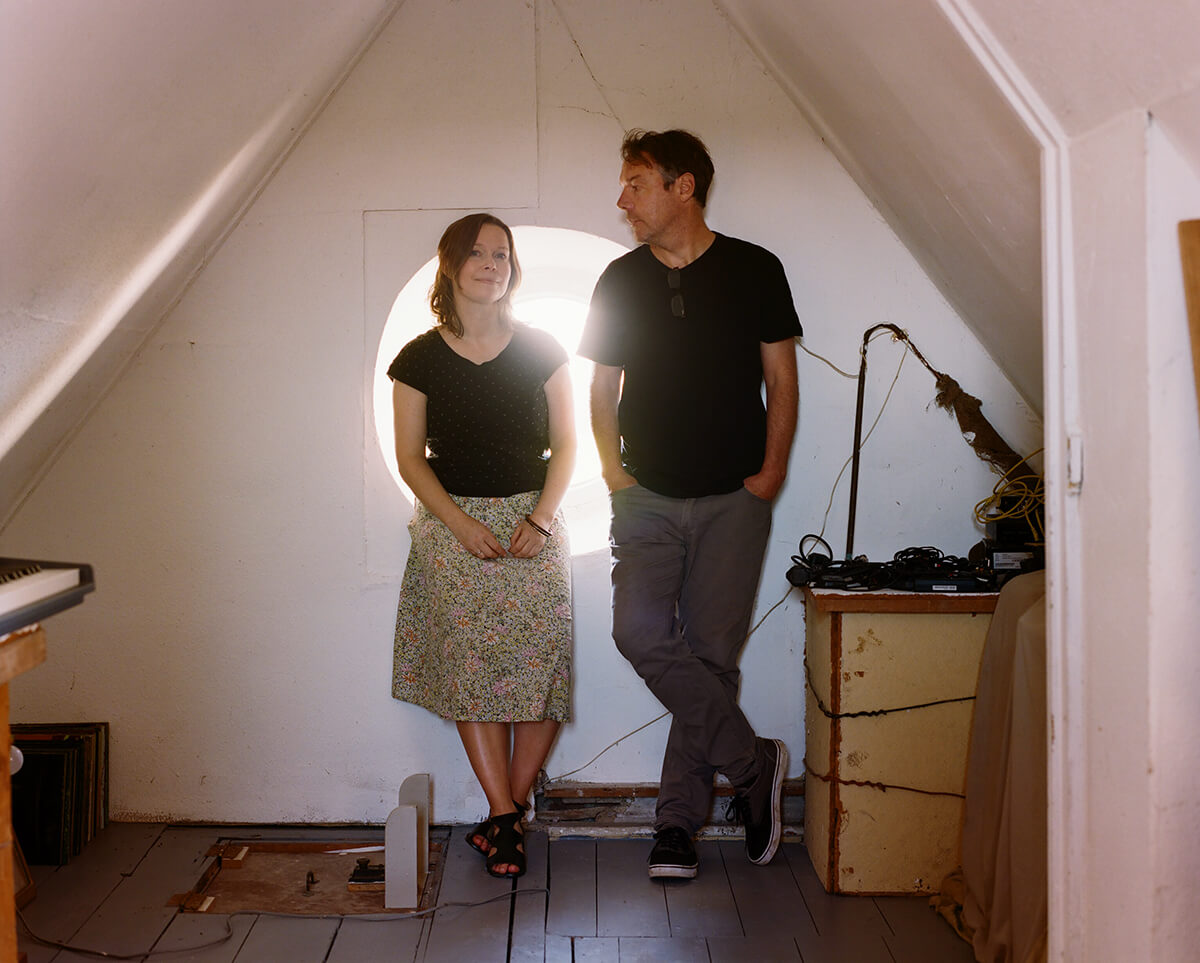


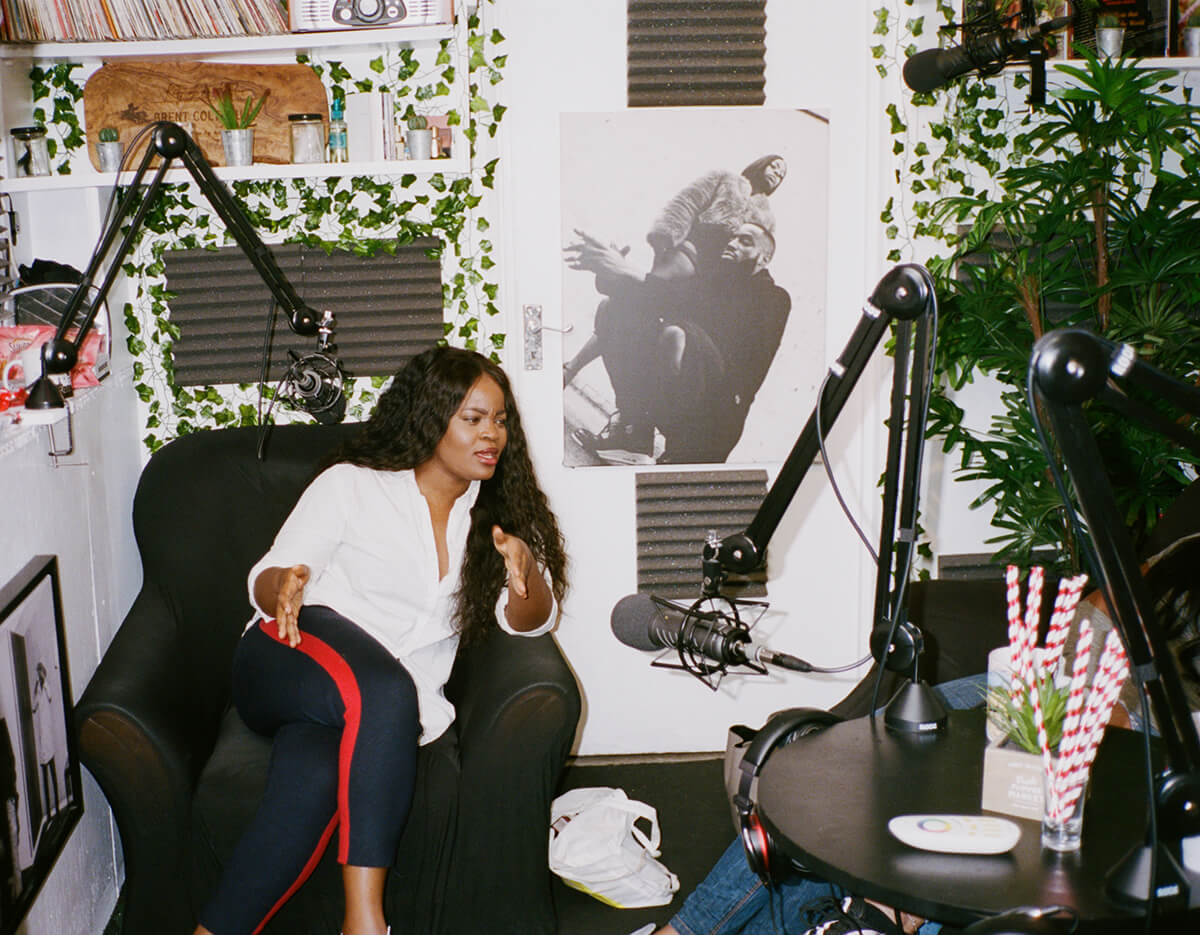






Recent Comments